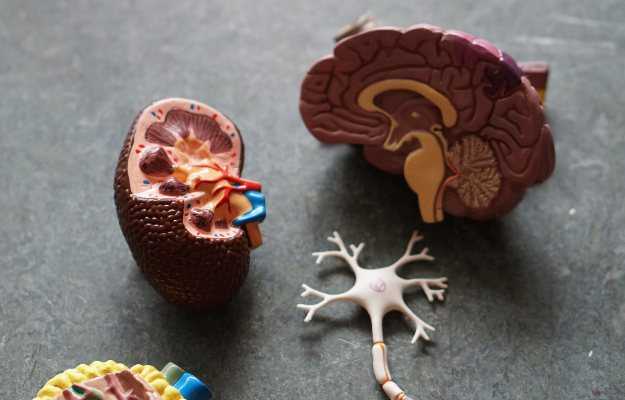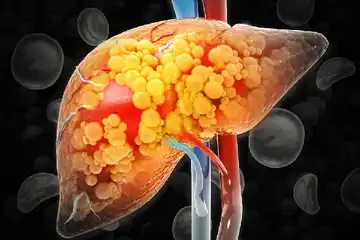Movement disorders are disorders related to the nervous system that cause involuntary - sometimes exaggerated - movements including jerking, shaking, tremors, spasms and so on. However, these conditions are not only responsible for increased movement; sometimes they result in the slowing down or reduction of movement as well.
According to a study published in The Lancet in 2005, movement disorders are among the most common neurological conditions, even though the prevalence of these conditions in specific populations isn't as well defined as other diseases and conditions. Parkinson's disease is the most common or well known movement disorder.
However, the study looking into a group of 706 men and women between the ages of 50 and 89 years found that the prevalence of movement disorders was about 28% in the group, and the likelihood of being diagnosed with such conditions increases with age. While the presence of certain neurological conditions as well as genetics have a role to play in the development of these disorders, one-fifth of the disorders diagnosed in the group were found to be the result of medication.
Movement disorders usually kick in due to a disruption in the basal ganglia, a group of nuclei that governs motor control in the brain. Any disturbance in the functioning of the basal ganglia gives rise to either a reduction or exaggeration in various movements of the body.
Read more: Spasmodic dysphonia
Even the smallest movement in the body, which may involve twitching of the nose, moving the fingers or the movement of the mouth requires an interaction between the muscles and the nervous system, and even a small malfunction in this channel can cause a movement disorder.

 OTC Medicines for Movement disorders
OTC Medicines for Movement disorders































